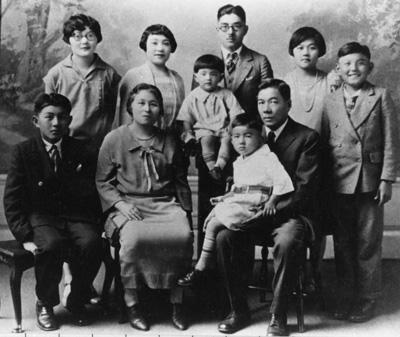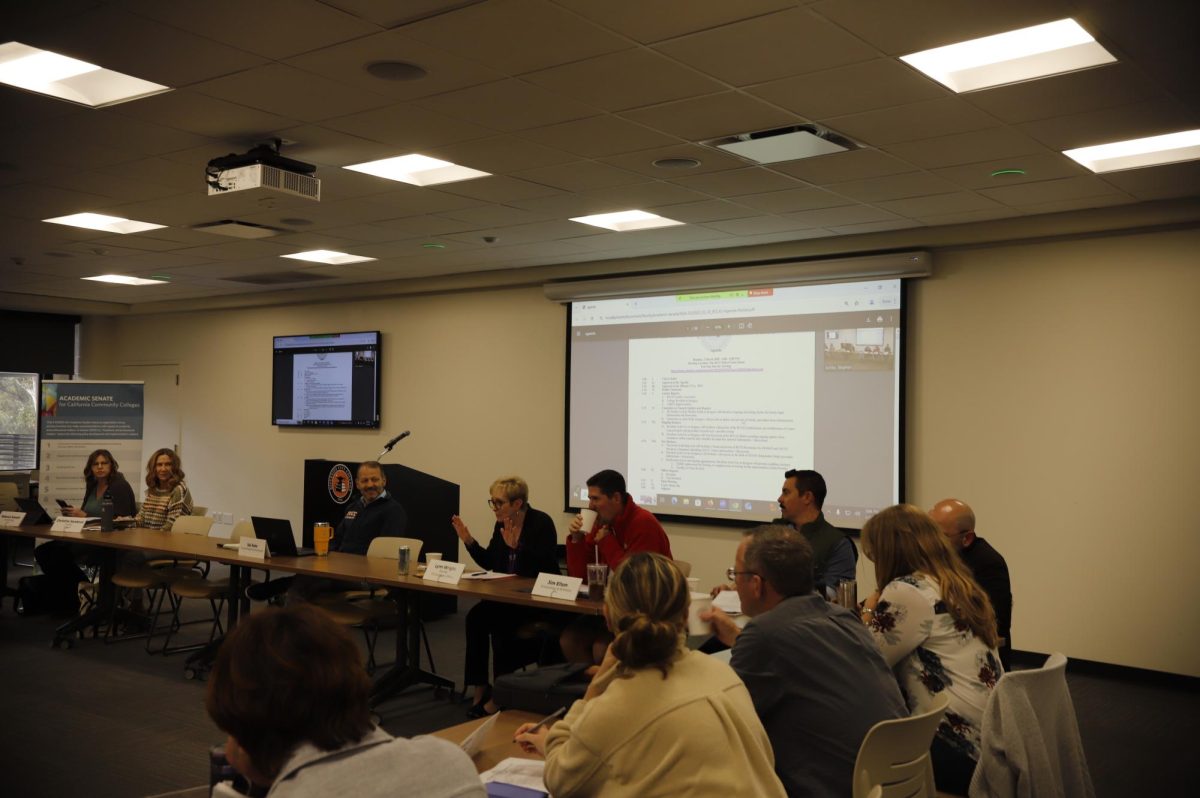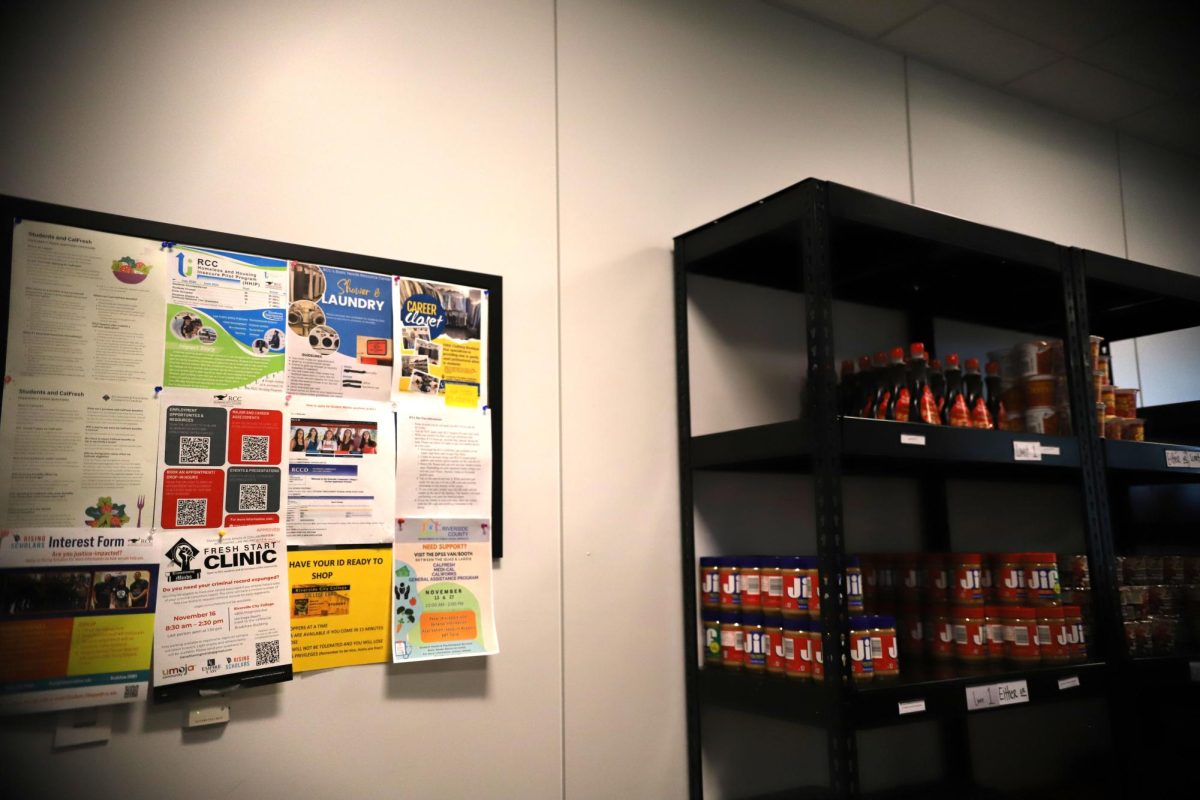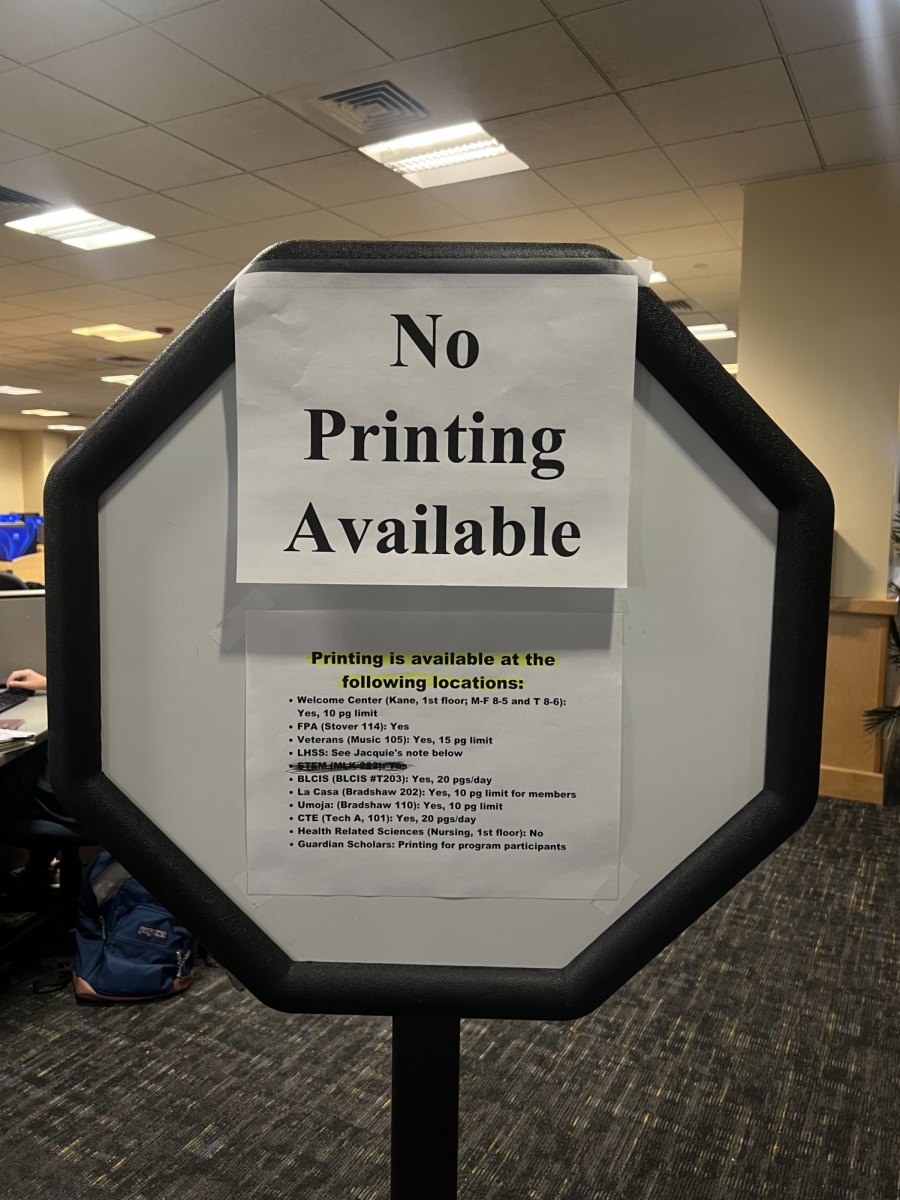By Erika Perez

Family Portrait (Riverside Metropoltian Museum)
By Erika Perez
The smell and sights that surround you as you walk through the door at the Riverside Metropolitan Museum take you back to another time in Riverside history. As you enter further into the museum and witness the exhibit “Reading the Walls,” the feelings of that history stir within you.
“Reading the Walls: The Struggle of the Haradas, a Japanese-American Family” was opened on Feb. 5 with an opening reception during the monthly Arts Walk.
The exhibit currently takes up the majority of the walls at the museum and it tells the story not only of the Harada family but also of a whole race’s struggle to hold onto their homes, belongings and most importantly their families.
The exhibit begins with the documentation of the 1977 nomination of the Harada house for historical landmark and includes other documentation such as newspaper articles of the Harada family’s nationally publicized court case, original passports and an explanation of the process of cataloging items for a collection.
Additionally, in this first area there is a smaller exhibit “Paper Crane Peace Memorial Project,” established by two 15-year old girls from Minnesota and includes a detailed video story of their purpose for creating a memorial to Japanese-Americans interned during World War II.
The Harada family’s story did not begin with the highly publicized court case or the nomination of its home as a historical landmark and certainly not with the internment camps which the family was sent to.
Their story began in Japan with the marriage of Jukichi and Ken, and is clearly evidenced by many pieces displayed as part of the exhibit. The eventual immigration by the couple to the United States, in pursuit of the “American dream,” is also recorded by original passports and other memorabilia.
The family arrived in Riverside in 1905 and struggled to obtain all that the U.S. had to offer. They owned and operated a restaurant named “Washington” and lived in boarding houses until 1913 when they purchased their first home on Lemon Street in Riverside.
The purchase of this home is what made the Harada family an image in the public eye.
Many neighbors objected to the Harada family purchase and formed a committee to try to force them to sell. It was a sensitive legal issue due to the Alien Land Law which stated that non-citizens did not have the right to purchase land.
Although the law was upheld by the California Superior Court in 1918, the family did not lose their home because it was purchased in the name of two American born children of the family, which was ruled legal.
The Harada house is still standing and continues to be restored and preserved, but because of its delicate state it is not open to the public.
For many years, the family lived and enjoyed life comfortably in Riverside until 1942 when an executive order was issued after the bombing of Pearl Harbor. Families, including the Harada family, were separated and sent to various camps.
Japanese-Americans were removed from their homes and relocated to internment camps throughout the U.S.
The exhibit follows the extraordinary events in the life of very ordinary immigrant people of our country. It details the drama that unfolded for these people living in Riverside due to international events and how it affected their entire life. The exhibit also commemorates and recognizes the struggles of others just like the Harada family.






